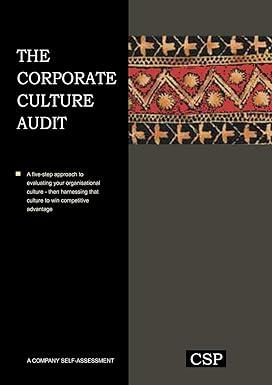Question
Consider a case of positive externality generated through the use of alternative energy sources, such as photovoltaic or wind power, in the form of reduced
Consider a case of positive externality generated through the use of alternative energy sources, such as photovoltaic or wind power, in the form of reduced carbon emissions to the atmosphere or simply say reduced air pollution.
The demand for alternative energy is given by marginal private benefit curve (MPB) MPB = 40 Q. The supply of alternative energy is represented by the marginal private cost curve (MPC): MPC = 20 + Q. In both MPB and MPC curves, Q represents the amount of alternative energy demanded or supplied in Kilo-Watt-hours (in thousands). Further, consider that the use of each unit of Q generates $10 external benefits to the society in the form of reduced air pollution. Given the above information:
a) Find the optimal amount of alternative energy and corresponding per unit price without considering the externality benefits of the use of alternative energy sources.
b) Calculate the consumer surplus (CS), producer surplus (PS) and external benefits (EB) in the above case (a). Provide the numerical values of CS, PS, and EB. Show them using a neat and well-labelled diagram.
c) Now consider that government wants to promote alternative sources of energy use and aims to internalise the externality benefits by providing subsidy to alternative energy producers. Energy producers receive subsidy equivalent to external benefits of each unit of energy use, i.e. $10 per unit. Find the equilibrium quantity of alternative energy and equilibrium price when external benefits are internalised through subsidy.
d) Calculate the consumer surplus (CS), producer surplus (PS) and external benefits (EB), and total subsidy amount in the above case (c). Provide the numerical values of CS, PS, EB, and the total subsidy. Show them using a neat and well-labelled diagram. e) Comment on the values of net social welfares without (case b) vs with (case d) subsidy.
Step by Step Solution
There are 3 Steps involved in it
Step: 1

Get Instant Access to Expert-Tailored Solutions
See step-by-step solutions with expert insights and AI powered tools for academic success
Step: 2

Step: 3

Ace Your Homework with AI
Get the answers you need in no time with our AI-driven, step-by-step assistance
Get Started


